Artists Who Risk Their Lives
Since 2013, the non-profit organization Artist at Risk has made it its mission to support persecuted artists and cultural producers, facilitating their safe passage from their countries of origin. They have assisted numerous persecuted and imprisoned artists. Lerchenfeld spoke to the two founders and directors Marita Muukkonen and Ivor Stodolsky.
Lerchenfeld: What was your motivation for founding Artist at Risk (AR) in 2013? Was there a key moment, a special event that moved you to found the organization?
Ivor Stodolsky: Between 2011 and 2013 we were curating the Re-Aligned project, which presented rebellious and revolutionary movements by artists from around the world. We presented artists who were part of the Egyptian revolution, who were involved in Occupy Wall Street in New York, or in protests in Spain. In 2013 we were just doing our work with programs that involved residencies from different countries when we realized that there is no way that some of these artists can go back. That really was a turning point for us. That is why we have developed a program that offers artists a safe haven.
Marita Muukkonen: At that time, we had no knowledge about a program that was mainly focusing on professional artists or people working in the art field. There are programs for journalists and authors that have a long history and are well established. But in 2013 there was no organization or program that was dedicated to visual artists who had to leave their country. It was and is important to us that they can come as artists, not as refugees or asylum seekers. We want them to work in their professional context, where they can come into contact with colleagues and audiences. They have residencies at museums or other art institutions. We are working with high-profile artists who are risking their lives. They have to be treated accordingly. And this is our driving force. It’s a privilege to work with them.
IS: They are human rights activists, not only artists. Even though they express themselves through the media of art, they do a lot for their local communities and not just for themselves or for the sake of being a controversial artist. They don’t want to be famous artists, but they are becoming known around the world for their incredibly important work, their courage. They are productive, incredibly talented people.
Lf.: How does the application process work? How does someone apply for an Artist at Risk residency?
MM: Artists can apply through our website. First, they do a risk assessment, because we have to evaluate if the risk is real. And of course, there are artists who are more at risk than others and fear they will be murdered or tortured. Then we verify that they are professional artists, and then we have to find the right institution for them. If they are coming with a family, we have to look for an institution that can host a family. We also look at their language skills. Many come to the EU, but sometimes it is also possible to bring the artist to a partner institution in a neighboring country that is safe. There are many factors we have to consider. And of course, the biggest problem for artists entering the EU is getting a visa. A lot of our energy goes toward starting the visa process.
Lf.: How big is your team to organize all that? How many people are working with you?
IS: We have an office in Helsinki and one in Berlin. The people at AR mostly work online. And we have a broad network of solidarity teams who match the applicants with the right host institution. They find out everything about the needs and requirements of the artists as well es the institutions. We have set up the solidarity teams according to different regions. Currently there are solidarity teams that take care of applicants from Ukraine, Russia, Belarus, Afghanistan, and the Arabic-speaking world. But in addition to the AR offices and the solidarity teams, there are of course also numerous employees at the partner institutions who are involved in the process: residency coordinators, people who curate shows and organize the production of works, cleaners, and many more.
MM: At the moment we have a massive number of applications from Afghanistan, Ukraine, and Russia. There are 450 artists at risk in Afghanistan. We have 1,000 applicants from Ukraine, and many Russian dissidents are also applying. But we cannot forget the rest of the world. We are looking for more host organizations, especially in Germany. To this end, we recently started a new partnership with the Goethe Institut. Institutions that are interested and have the ability to host artists at risk can apply via our website. So if there are institutions also in Hamburg that are considering joining our network, it would be great if they would apply.
Lf.: What are the special requirements for institutions to become a host institution?
IS: We need to screen the institutions to make sure that they meet certain minimum standards. They have to show us the accommodations they provide. But they also have to represent certain ethical values and principles.
MM: Currently we are witnessing great solidarity in hosting Ukrainian artists. Many institutions are accepting Ukrainian artists and cultural producers. We hope that they will remain with us in the network over the long term and that they will also accept artists from other countries in the future.
Lf.: Is the resistant role of artists in current conflicts or wars in their home countries still romanticized too much by the Western art scene? Is the image of the struggling artist changing?
MM: There is nothing romantic about hiding in a basement or safe house. You can’t practice your art, you can’t work in a situation like that. If you are a musician, a painter, or a filmmaker, basically you can’t work. People are risking their lives, they are being tortured, executed. They can no longer be artists. They are targeted as a social group, and it really feels criminal that they are left behind, as is the case in Afghanistan right now. The EU and Western countries have not done enough to help these people. As we are speaking, we still hope that the German government will offer visas for art producers at risk.
IS: I think the image of persecuted artists has changed a lot. Maybe in the past, during the Cold War, there was a romantic image of the repressed writer living underground and writing against the regime. Today, however, the situation for endangered artists is quite different. They are no longer respected for their work. People want to get rid of them, to silence them. The reality that people live in is very different to former times. Many persecuted artists today also no longer come from the “classical” disciplines. They are visual artists, performance artists, or popular musicians who are no longer allowed to perform in their home countries. An example is the Somali musician Lil Baliil. He has been targeted by militant groups who view his music as a threat to Somali culture. Following death threats, he is currently an Artists at Risk resident in Berlin. It may well be that there is a tendency in the West to romanticize the image of the persecuted artist. But perhaps to take something positive away from this: sometimes it takes a little “glamor” to shed more light on artists who otherwise remain invisible. But when you look at the people risking their lives and what they tell us about it, it is not glamorous at all. For example, if you read the prison diary of Pussy Riot member Maria Alyokhina, it’s horrifying what she went through. There is nothing glamorous about it. It’s shocking reality.
MM: And there is another aspect that we should not forget. If you have worked as a political artist and had to leave your country, then life in another place is safe and you are protected, but at the same time you can no longer intervene with your art in the familiar environment. This is also difficult for many artists.
Lf.: You use very specific terms on your website and in your interviews and avoid others. For example, you don’t use terms like “refugee artist.” How important is language to you in this context?
IS: We want to treat the artists as artists, and not label them as “refugee artists,” because a certain idea is also conveyed through language. We do not want Syrian curators living in Berlin to be “allowed” to present only Syrian artists. There are these expectations, and we want to consciously undermine them. We use the French terms like “Immigré Artist” or “Exilé Artist“.
Lf.: In mid-February, together with the ZKM Karlsruhe, you organized the online conference “Institutions and Resistance: Alliances for Art at Risk”, where numerous artists at risk as well as theoreticians and partner institutions spoke. Two weeks later, Russia’s war against Ukraine began. What has changed for you and your work since then?
MM: We could not foresee then what would happen a few days later in Ukraine. Currently, there is a great sense of solidarity. The alliances are growing. We very much hope that these ties will continue beyond this, because we face many other crises. We need strong institutional power to bring about political change—for example, on the issue of humanitarian visas.
VS: The cooperation and alliances are growing. There are new networks in Sweden, Spain, and northern Italy. And we are working with the Goethe-Institut, as we mentioned earlier. Something like a pan-European network is forming. And for the first time in its history, UNESCO is funding projects by and with living people, and not just protecting stone cultural assets or monuments.
Lf.: What would you like EU policymakers to do? How could they make your work easier?
IS: That is easy to answer: humanitarian visas at the European level would help. These are visas that could be issued on humanitarian grounds by a national embassy abroad. They allow third-country nationals to apply for entry into the Schengen area on humanitarian reasons. If we let the Ukrainian people stay and work in the EU for a year or two, it would be great if this could also be possible for other people—for example, from Afghanistan. It is shocking to see how comparatively few people from Afghanistan are currently turning to the EU in search of help, and yet finding no admission. The same goes for other crisis regions. We must not forget that when we help people, especially artists in need, they not only enrich our lives and our culture. They also go back to their home countries strengthened and support their local societies.
This text was published first in Lerchenfeld #62. The online conversation was conducted by Beate Anspach on June 13, 2022.
For more information: https://artistsatrisk.org/
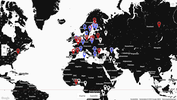
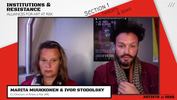


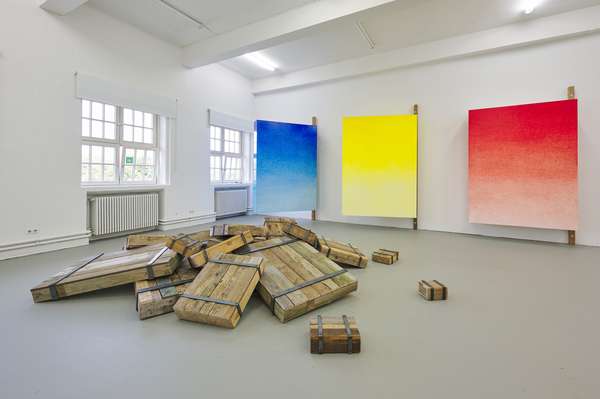




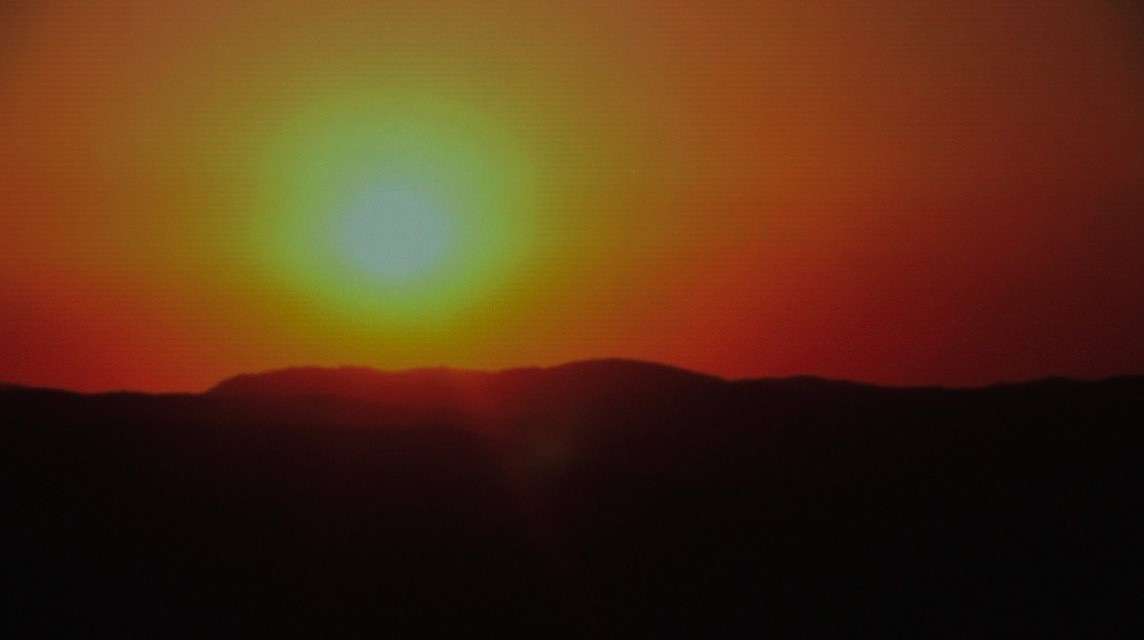







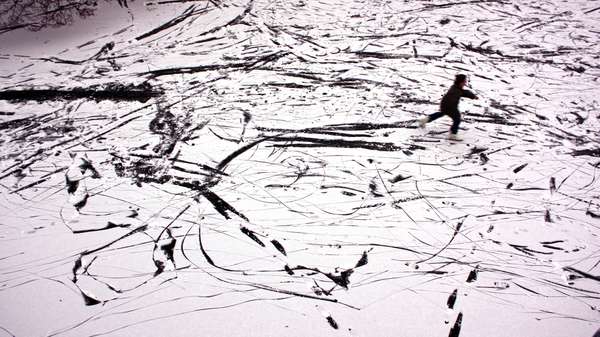
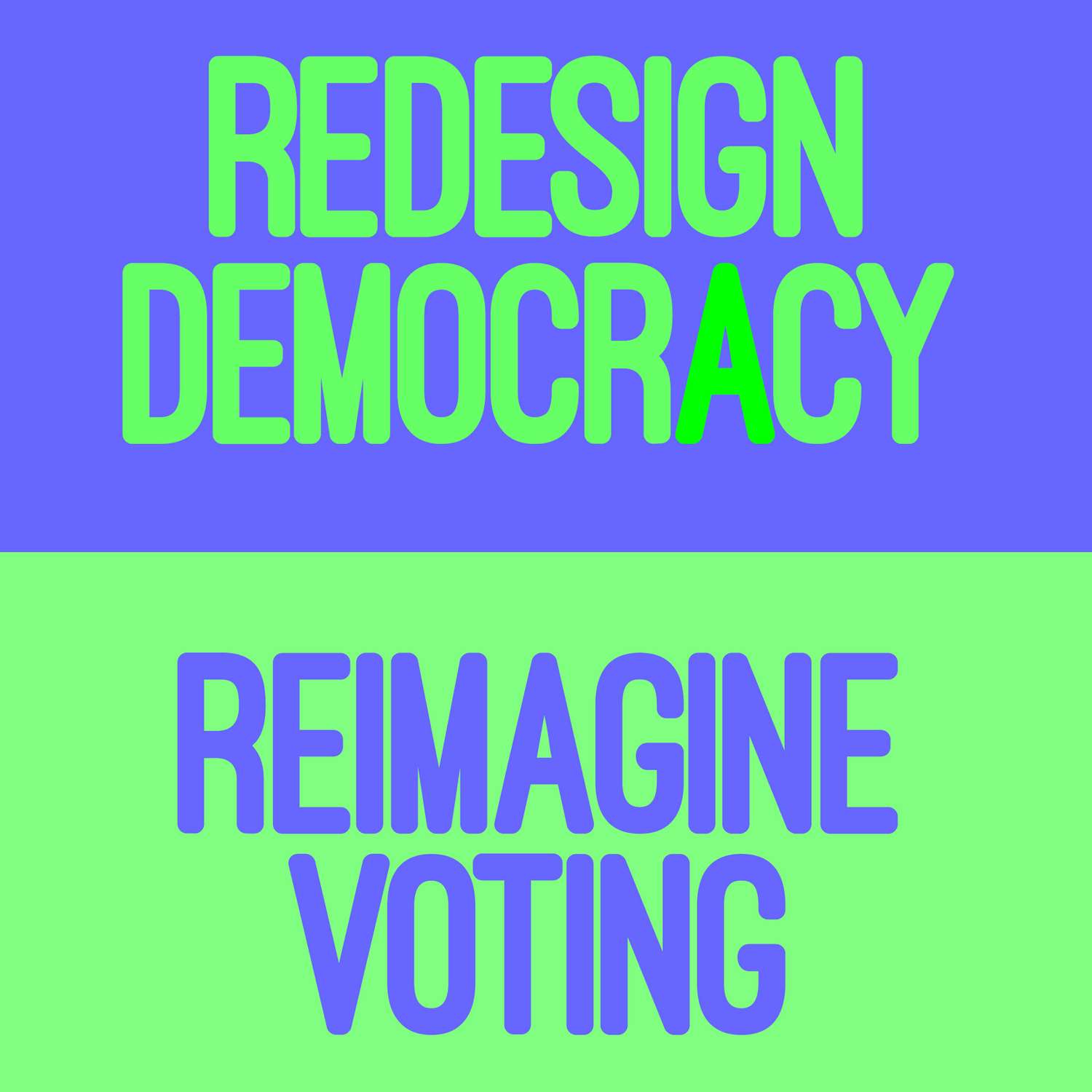
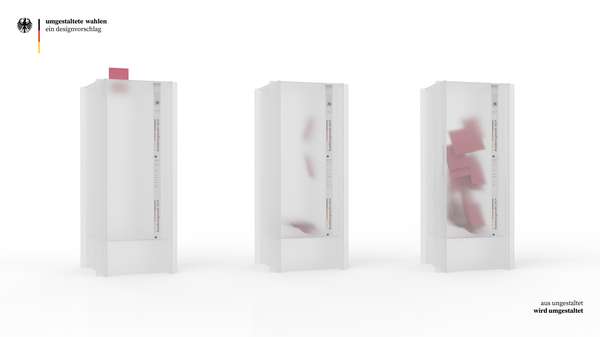






















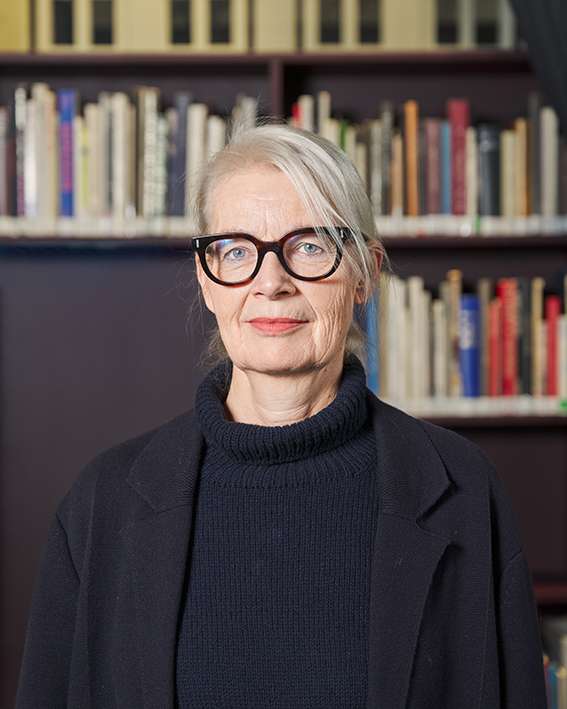









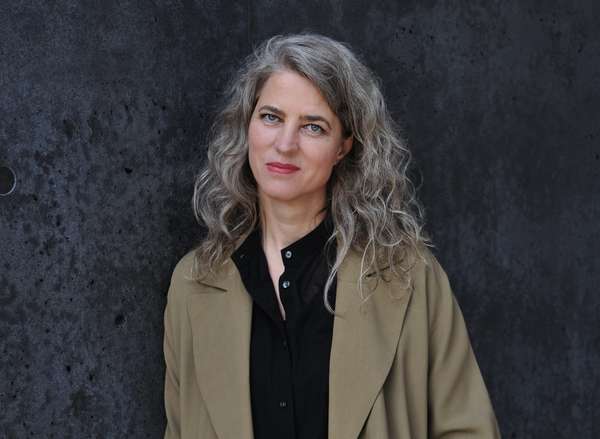




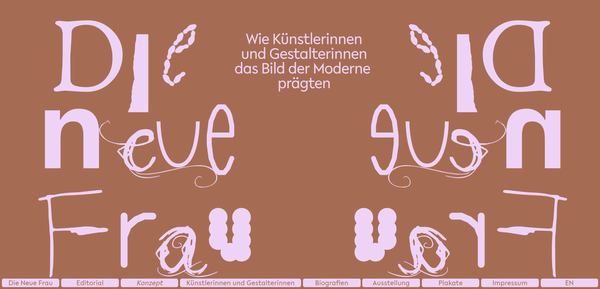

















































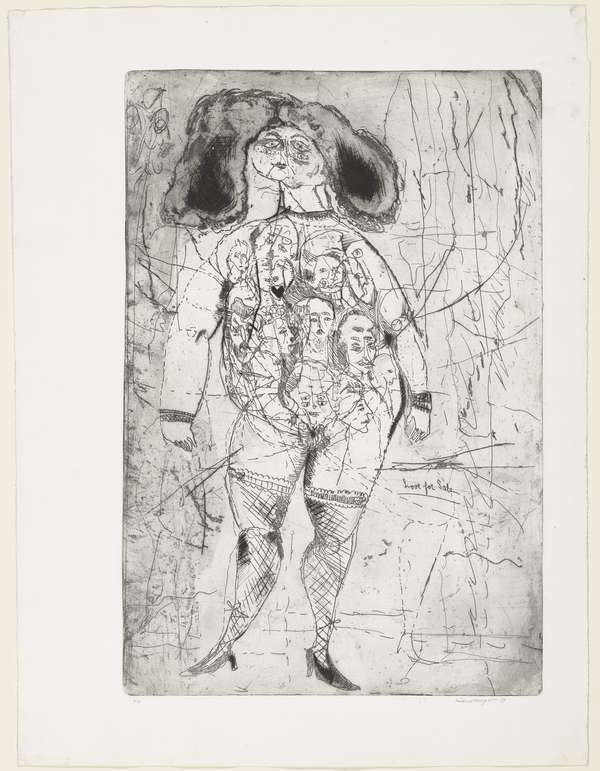



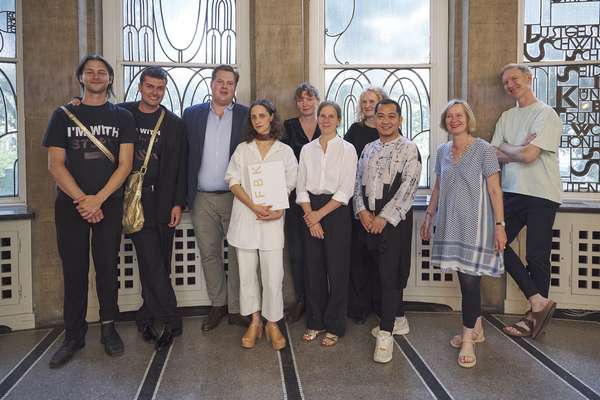



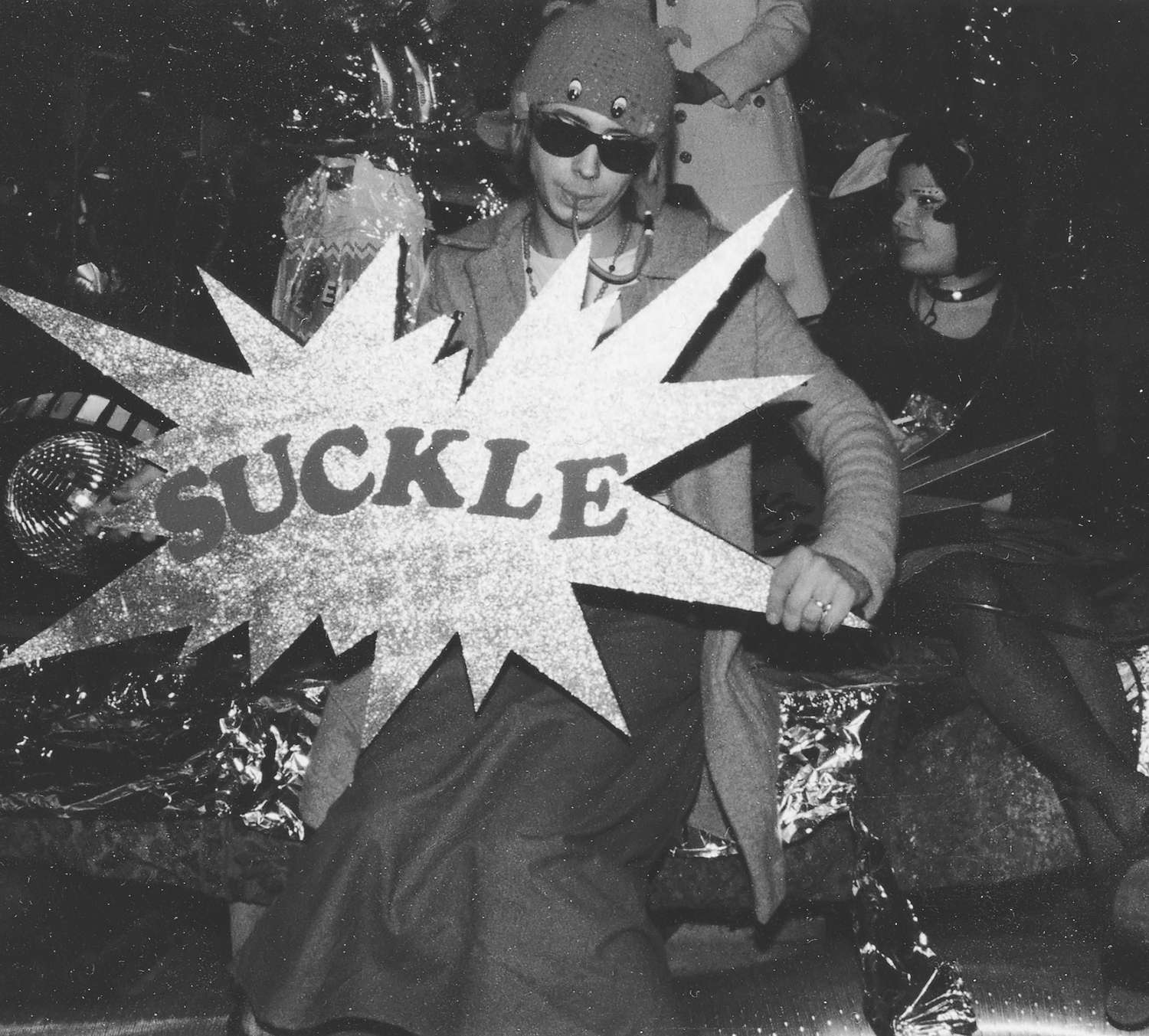





















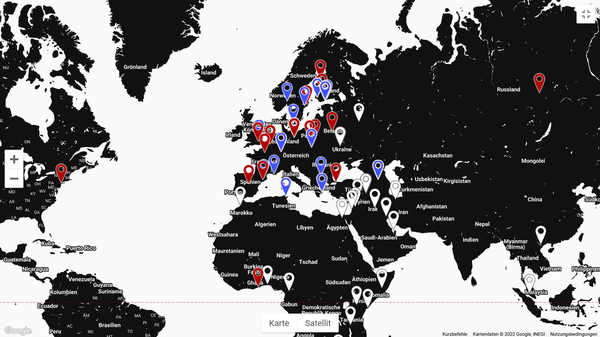











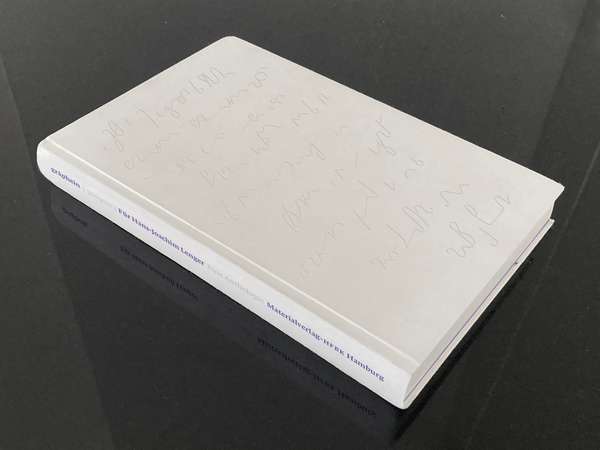



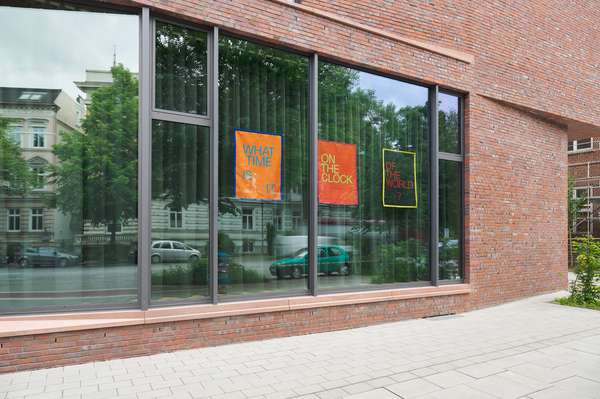










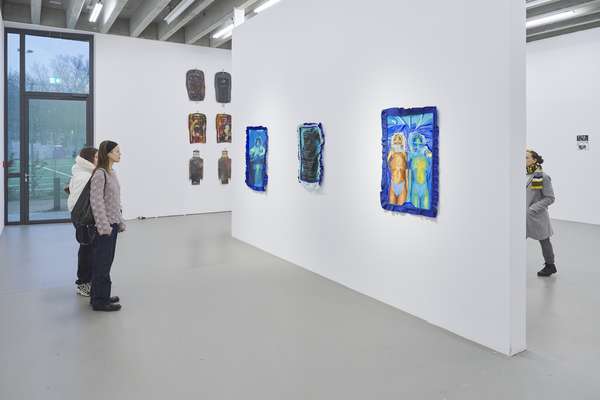



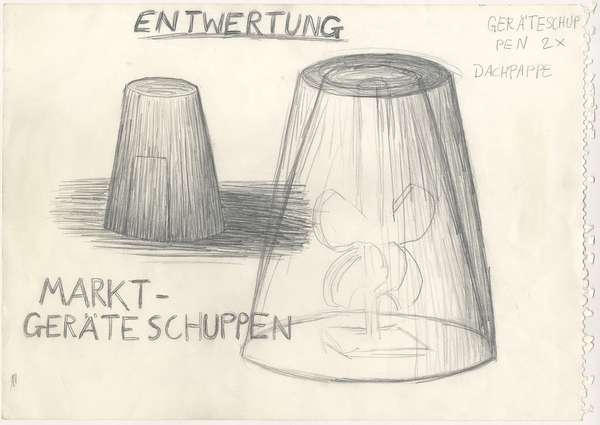











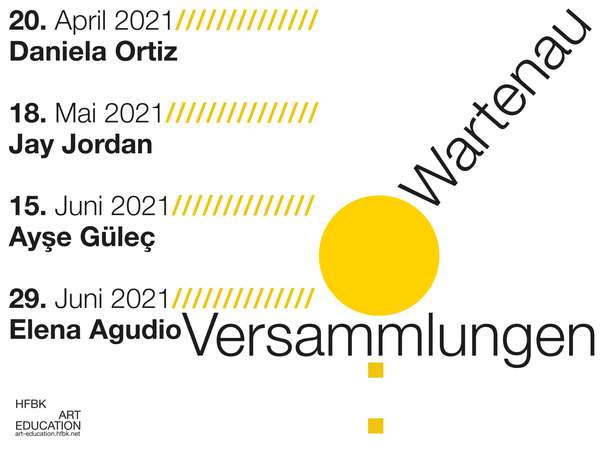











































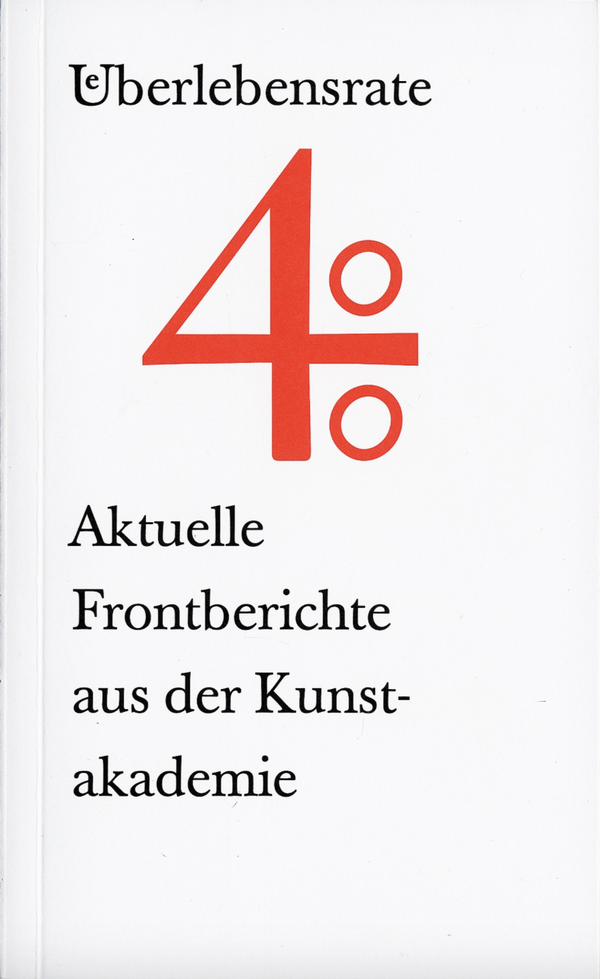




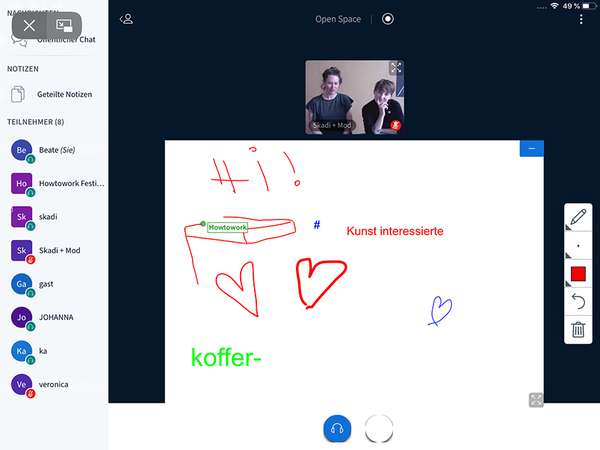


 Graduate Show 2025: Don't stop me now
Graduate Show 2025: Don't stop me now
 Long days, lots to do
Long days, lots to do
 Cine*Ami*es
Cine*Ami*es
 Redesign Democracy – competition for the ballot box of the democratic future
Redesign Democracy – competition for the ballot box of the democratic future
 Art in public space
Art in public space
 How to apply: study at HFBK Hamburg
How to apply: study at HFBK Hamburg
 Annual Exhibition 2025 at the HFBK Hamburg
Annual Exhibition 2025 at the HFBK Hamburg
 The Elephant in The Room – Sculpture today
The Elephant in The Room – Sculpture today
 Hiscox Art Prize 2024
Hiscox Art Prize 2024
 The New Woman
The New Woman
 Doing a PhD at the HFBK Hamburg
Doing a PhD at the HFBK Hamburg
 Graduate Show 2024 - Letting Go
Graduate Show 2024 - Letting Go
 Finkenwerder Art Prize 2024
Finkenwerder Art Prize 2024
 Archives of the Body - The Body in Archiving
Archives of the Body - The Body in Archiving
 New partnership with the School of Arts at the University of Haifa
New partnership with the School of Arts at the University of Haifa
 Annual Exhibition 2024 at the HFBK Hamburg
Annual Exhibition 2024 at the HFBK Hamburg
 (Ex)Changes of / in Art
(Ex)Changes of / in Art
 Extended Libraries
Extended Libraries
 And Still I Rise
And Still I Rise
 Let's talk about language
Let's talk about language
 Graduate Show 2023: Unfinished Business
Graduate Show 2023: Unfinished Business
 Let`s work together
Let`s work together
 Annual Exhibition 2023 at HFBK Hamburg
Annual Exhibition 2023 at HFBK Hamburg
 Symposium: Controversy over documenta fifteen
Symposium: Controversy over documenta fifteen
 Festival and Symposium: Non-Knowledge, Laughter and the Moving Image
Festival and Symposium: Non-Knowledge, Laughter and the Moving Image
 Solo exhibition by Konstantin Grcic
Solo exhibition by Konstantin Grcic
 Art and war
Art and war
 Graduate Show 2022: We’ve Only Just Begun
Graduate Show 2022: We’ve Only Just Begun
 June is full of art and theory
June is full of art and theory
 Finkenwerder Art Prize 2022
Finkenwerder Art Prize 2022
 Nachhaltigkeit im Kontext von Kunst und Kunsthochschule
Nachhaltigkeit im Kontext von Kunst und Kunsthochschule
 Raum für die Kunst
Raum für die Kunst
 Annual Exhibition 2022 at the HFBK
Annual Exhibition 2022 at the HFBK
 Conference: Counter-Monuments and Para-Monuments.
Conference: Counter-Monuments and Para-Monuments.
 Diversity
Diversity
 Live und in Farbe: die ASA Open Studios im Juni 2021
Live und in Farbe: die ASA Open Studios im Juni 2021
 Unlearning: Wartenau Assemblies
Unlearning: Wartenau Assemblies
 School of No Consequences
School of No Consequences
 Annual Exhibition 2021 at the HFBK
Annual Exhibition 2021 at the HFBK
 Semestereröffnung und Hiscox-Preisverleihung 2020
Semestereröffnung und Hiscox-Preisverleihung 2020
 Teaching Art Online at the HFBK
Teaching Art Online at the HFBK
 HFBK Graduate Survey
HFBK Graduate Survey
 How political is Social Design?
How political is Social Design?